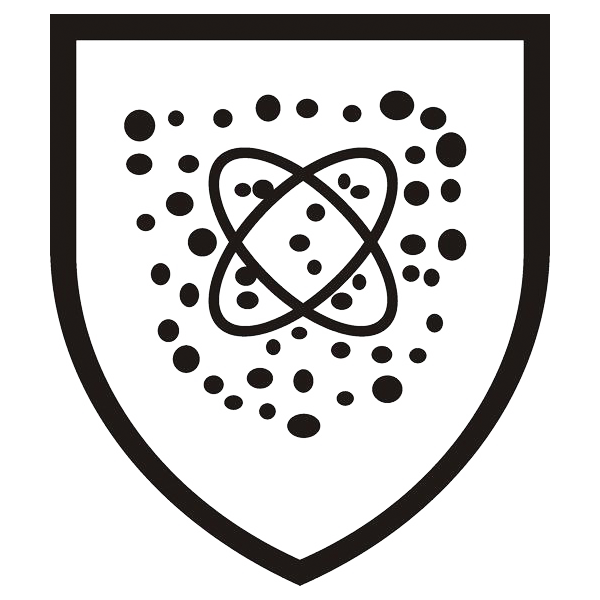What’s Different About Clothing Certifications in Europe vs. the United States?
As with many safety and health standards in the United States and Europe, UniTech’s (C-Tech) coveralls must undergo an entirely different series of tests to be certified in Europe.
Under EN 1073-2, the European standard for protective nuclear clothing, the European tests are numerous and rigorous, requiring five cycles of cleaning and disinfection as well as exposure to extreme conditions.
The clothing is first exposed to extreme cold temperatures, then extreme hot temperatures. A worker walks in the clothing, and then is asked to fill and empty material into and out of a hopper, kneeling and shoveling for about 10 minutes. During the latter test, inspectors analyze fastening, ease of movement, comfort (including heat stress and humidity transfers), wearers’ responses, and visible defects. The tests also measure inward leakage and undergo a “joint and assemblage” pull test as well as an aerosol test, which measures seamlessness and airtightness respectively, of attached and conjoined garments, such as gloves, boots, hoods, and respirators.
The aforementioned tests are intended to measure resistance from abrasion, tearing, fire and punctures, and seam strength. They are rated and must be within a suitable range to receive approval. For example, for items where airborne radioactive contamination is present, coveralls must be tested and certified to conform with Class I or III (when tested with respirator and hood) standards.
UniTech Safety Services Director Vic Crusselle said Conformité Européenne (Europe’s product safety body) tests products like UniTech’s annually either at their facilities or in-house.
“In the European Union, we have a very proactive program,” Crusselle said. “We are constantly writing files and conducting annual reviews to prepare to undergo certifications.”

